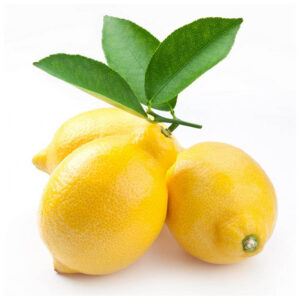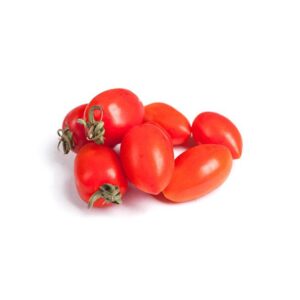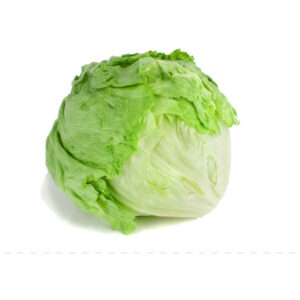Tomatoes
Tomatoes
- The tomato (Solanum lycopersicum), also called the love apple, is a herbaceous, usually sprawling plant in the nightshade family widely cultivated for its edible fruit.
- Savoury in flavor, the fruit of most varieties ripens to a distinctive red color.
January – December
Description
- Tomato plants typically reach to 1–3 meters (3–10 ft) in height and have a weak, woody stem that often vines over other plants.
- The leaves are 10–25 centimeters (4–10 in) long, odd pinnate, with 5–9 leaflets on petioles, each leaflet up to 8 centimeters (3 in) long, with a serrated margin; both the stem and leaves are densely glandular-hairy.
- The flowers are 1–2 centimeters (0.4–0.8 in) across, yellow, with five pointed lobes on the corolla; they are borne in a cyme of 3–12 together.
- It is a perennial, often grown outdoors in temperate climates as an annual.
-
- If you have a large garden, and would like heavy crops of tomatoes at certain points in the season, you might want to plan for several determinate varieties.
- You would look for two basic pieces of information in the plant catalog or on the plant label when making this decision.
- Look for the word “determinate” or the abbreviation “DET” so you know what you’re dealing with.
- Next, look for the number of days at which the plant will set fruit.
Growing to preserve
- To get several nice harvests, try to combine determinate varieties that bear early, mid, and late season crops.
- If you are into canning, saucing, or drying your tomatoes, this is probably the best way to go.
Growing for immediate consumption
- If you want tomatoes for the course of the season for snacking and adding to salads and sandwiches, it is best to go with indeterminate varieties.
- Several types of indeterminate tomatoes are very prolific, and a plant or two will more than suffice to meet your needs.








